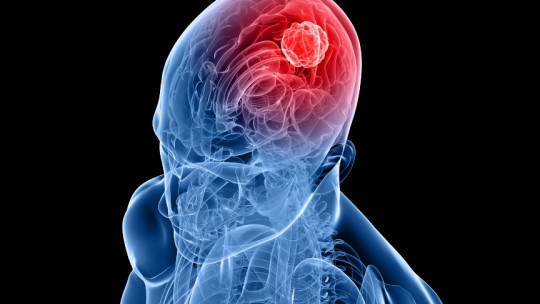The term comorbidity either associated morbidity It is used to designate the diagnosis according to which the same person suffers from two or more disorders or diseases.
These disorders can occur simultaneously or in a chain. Comorbidity has the characteristic of indicating an interaction between two (or more than two) pathologies, potentially worsening the prognosis of both.
Drug addiction and associated psychopathologies
When we talk about drug addiction, we must be clear that in itself is classified as a mental illness as it interrupts and alters the normal categorization of needs and desires, replacing them with new priorities linked to the acquisition and consumption of psychotropics.
Compulsive behaviors reduce the ability to control impulses, which causes a progressive degradation in interaction with the environment. This picture corresponds to a common symptomatology in psychopathologies.
Many drug addicts are also diagnosed with other mental illnesses, and vice versa. Without going any further, drug addicts are twice as likely to suffer from pathologies associated with their mood or anxiety, which also occurs in the opposite direction.
But, Why is there this marked comorbidity between drug dependence and mental disorder? Although drug addiction disorders occur concurrently with other psychopathologies, this does not mean that one causes the other, although one of them may appear before and the other after. Indeed, it is often complex to determine which of the disorders arose first and why. However, studies indicate the following points as reasons why it is common for these diseases to occur comorbidly:
Risk factors among drug addicts
These psychopathologies can also be explained by shared risk factors, such as:
Studies carried out in the Community of Madrid between 2006 and 2008 indicated that the co-occurrence of drug dependence disorders with mental illness occurred mainly in men (80%) with an average age of 37 years, single (58%) with primary education (46%).
The most common mental illnesses in these people are personality disorders, suicide risk, hypomanic episodes, anxiety disorders and major depression.
55% of the subjects evaluated consumed two or more substances. cocaine (63%), alcohol (61%) and cannabis (23%) were the most reported drugs.









